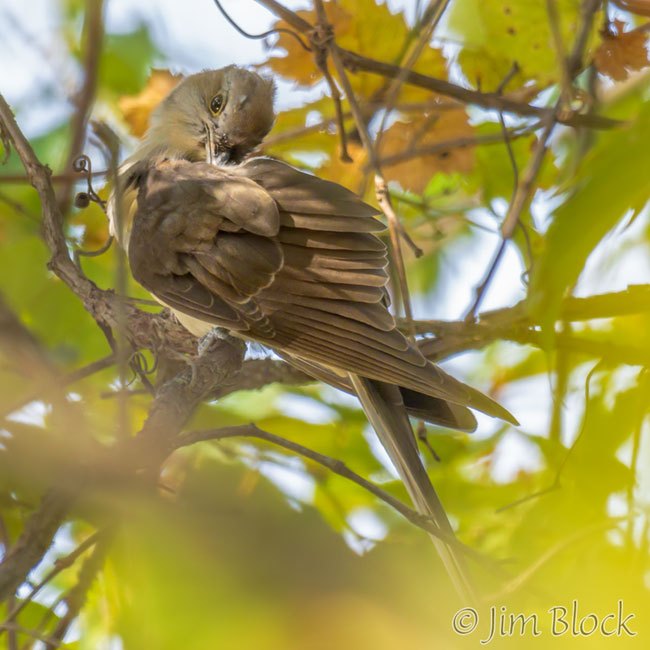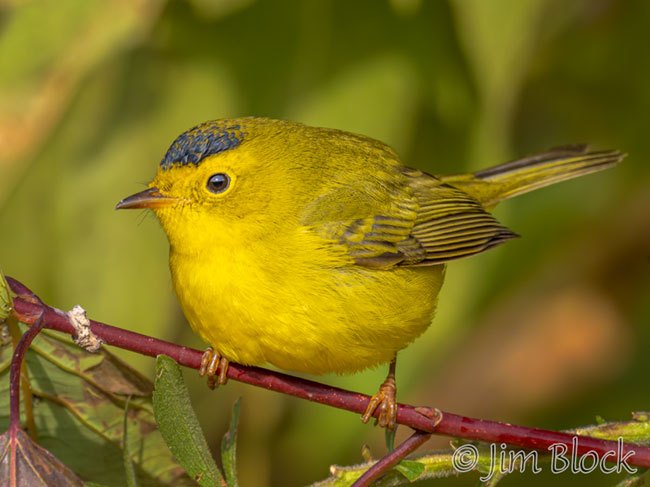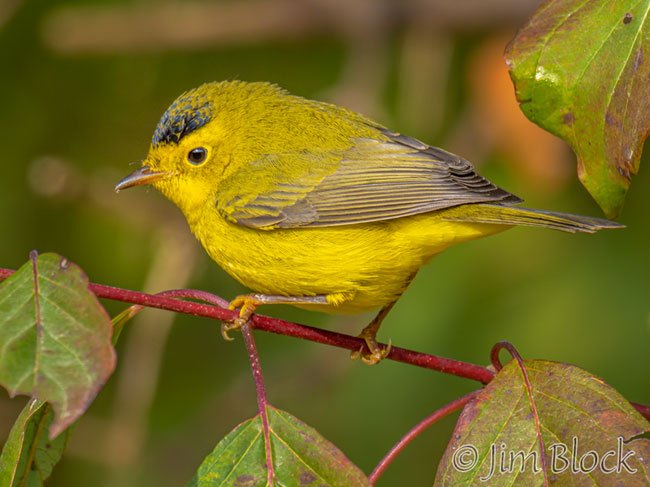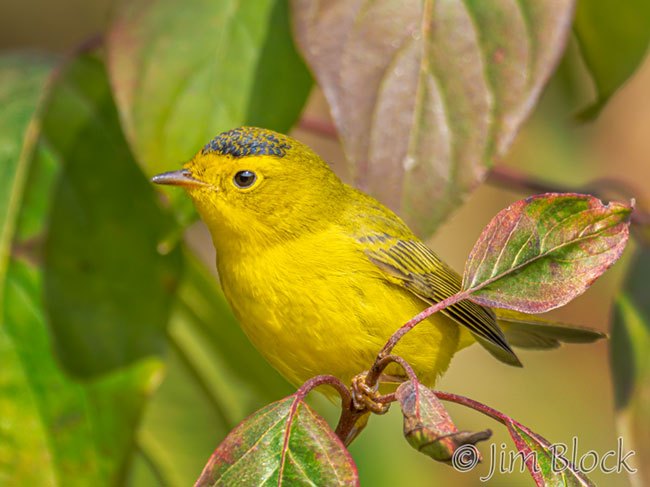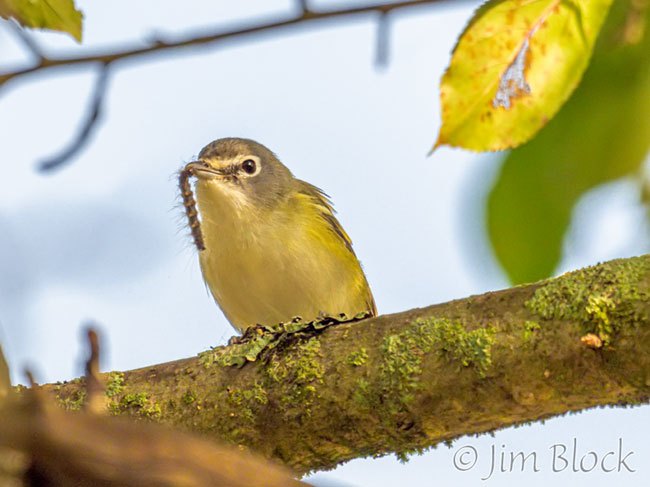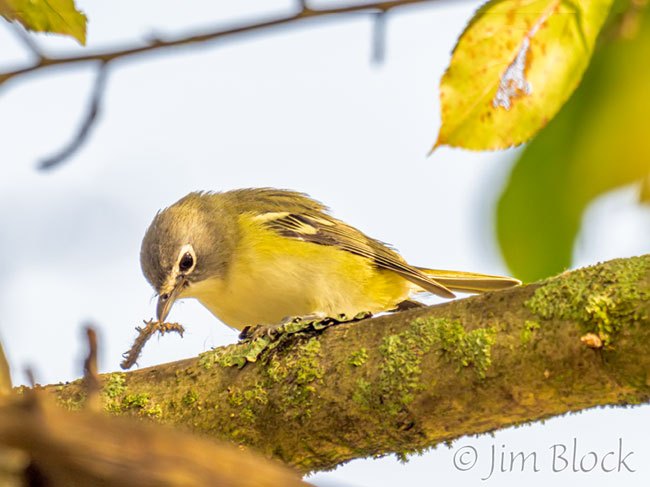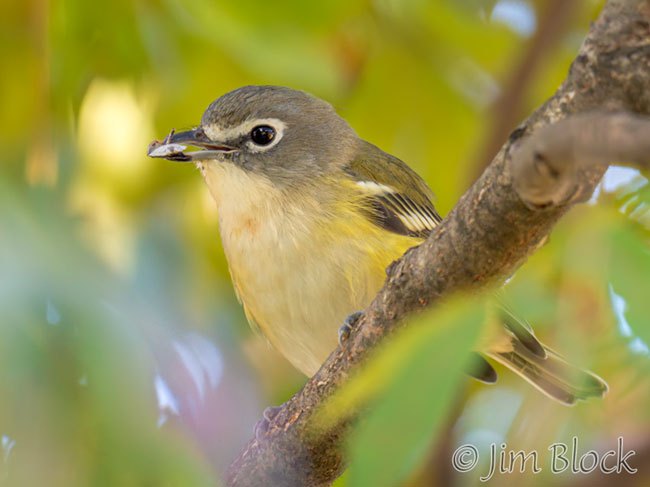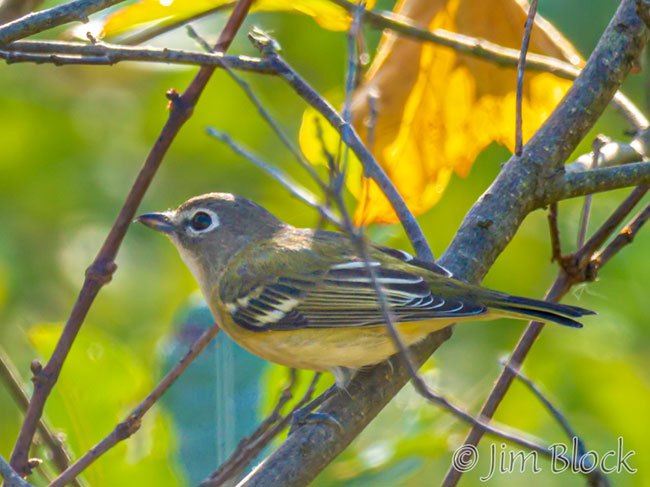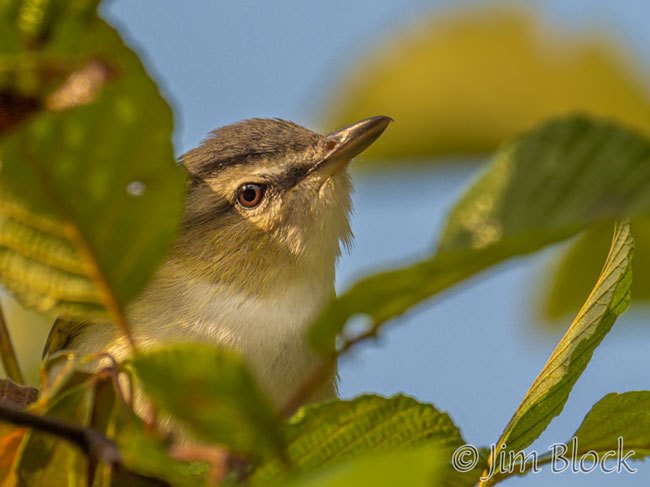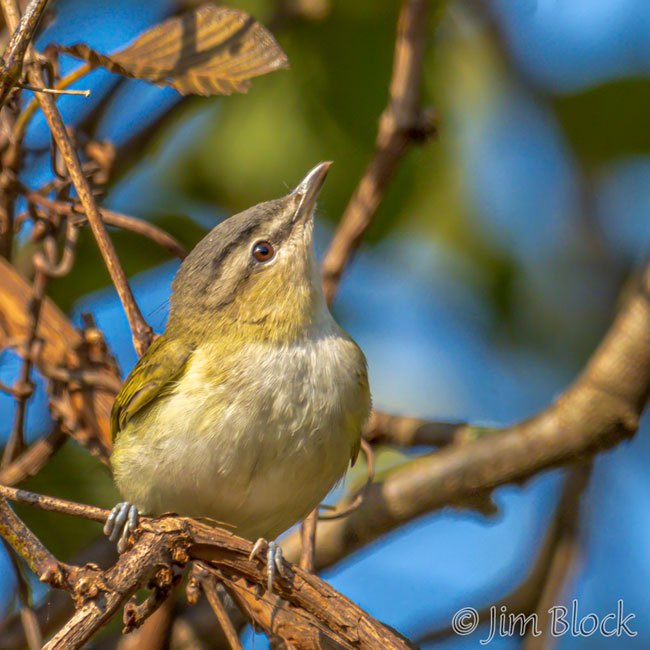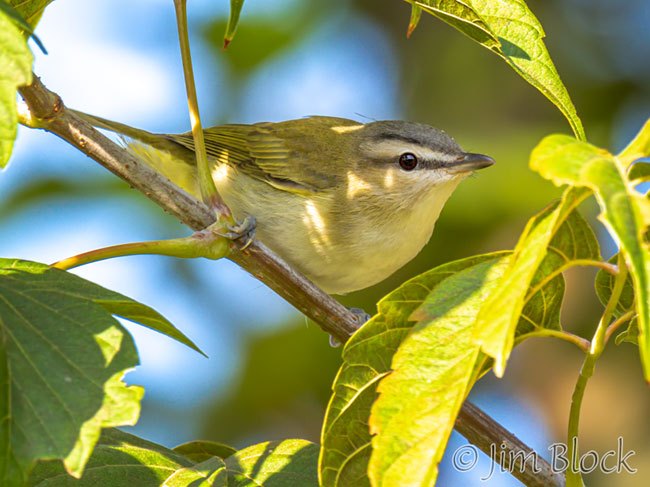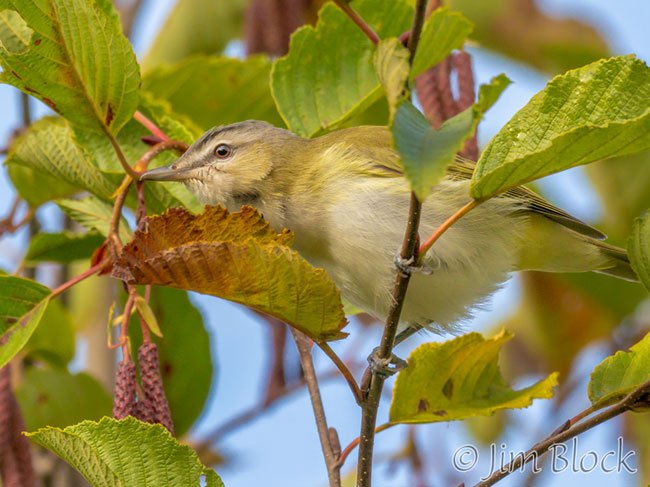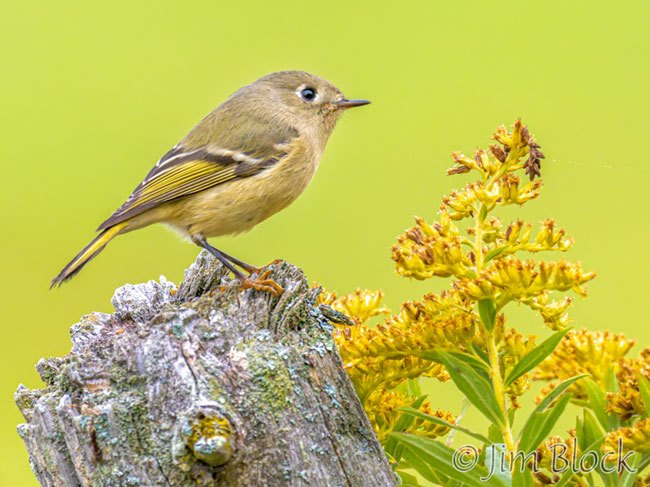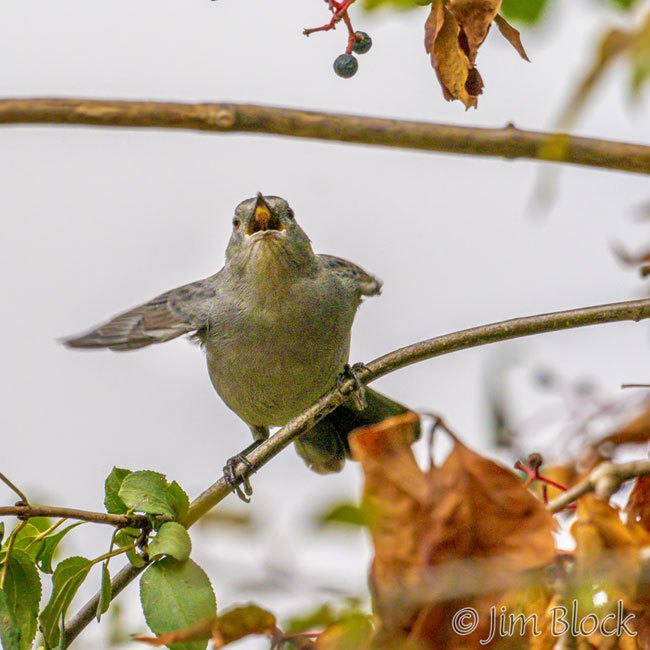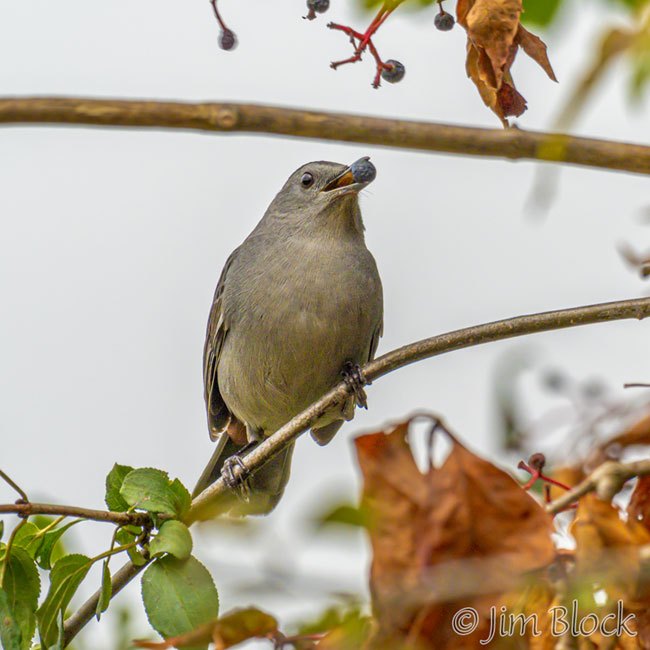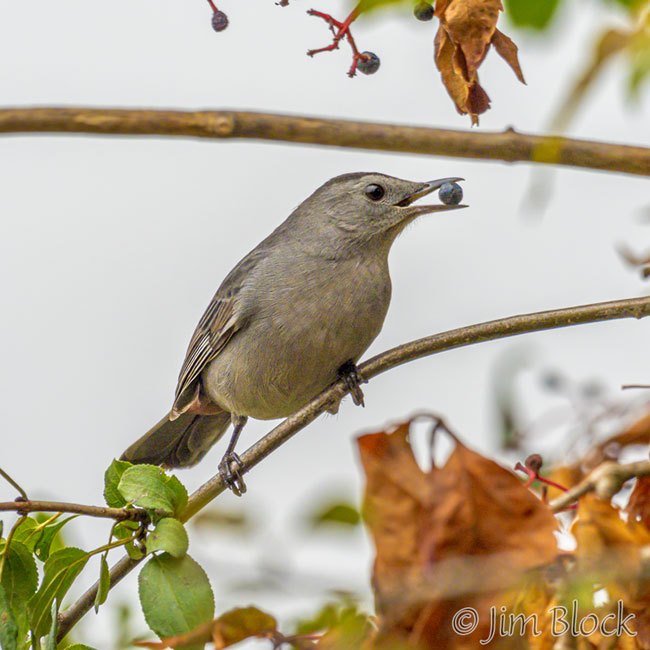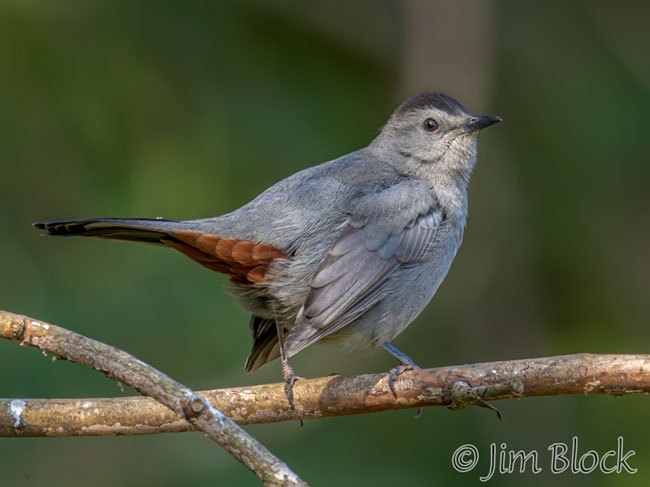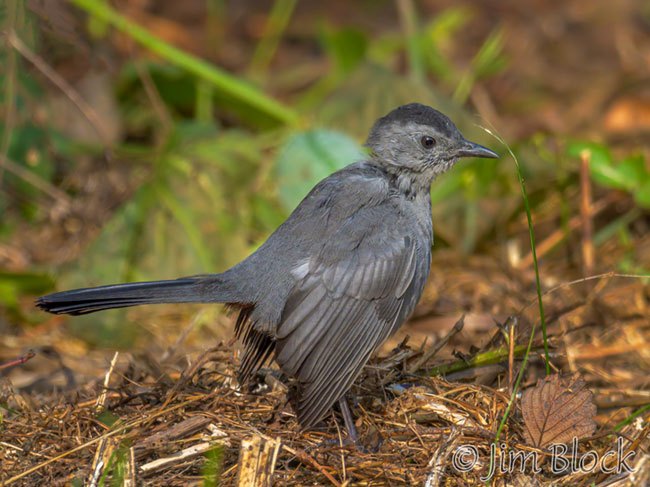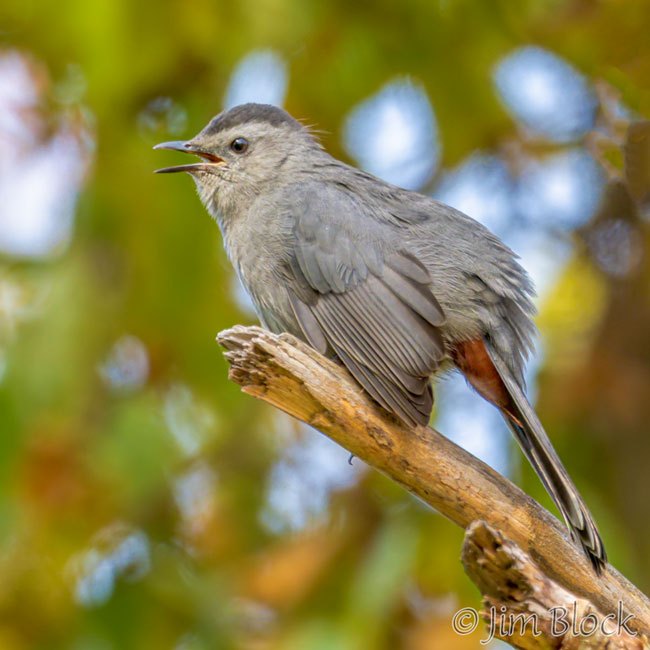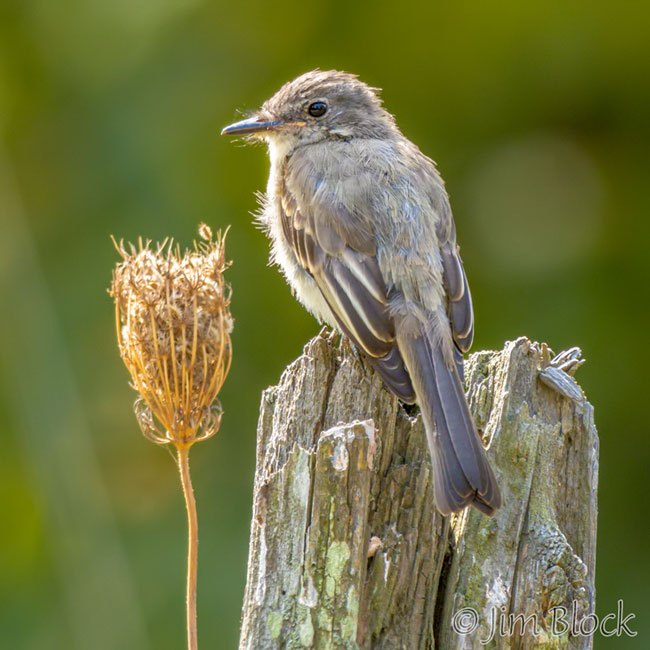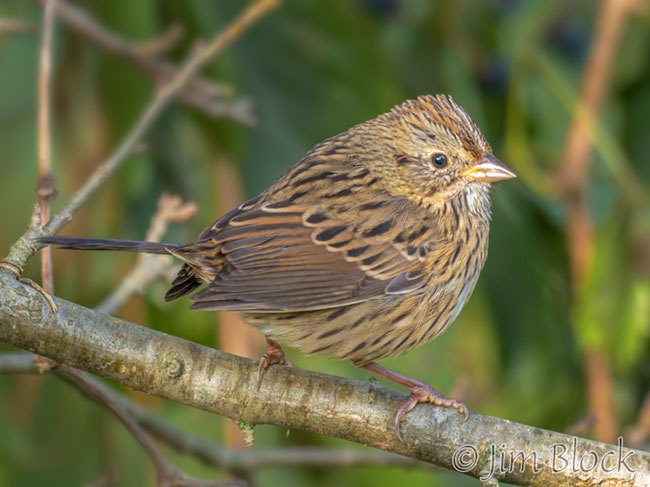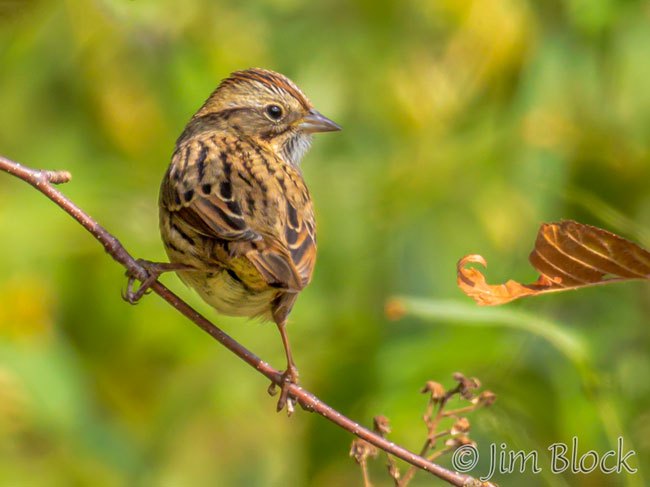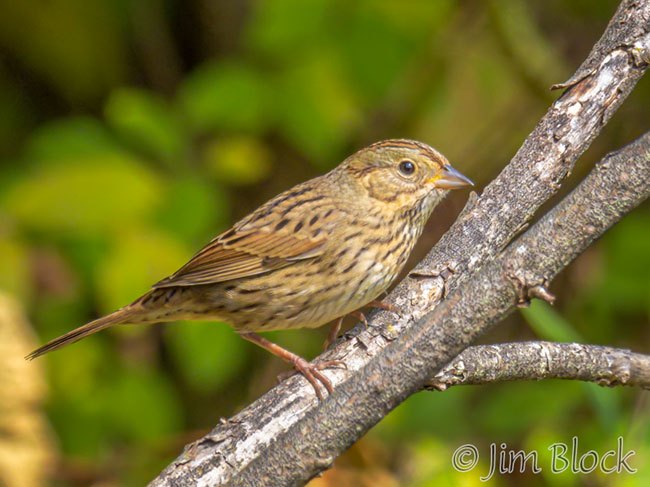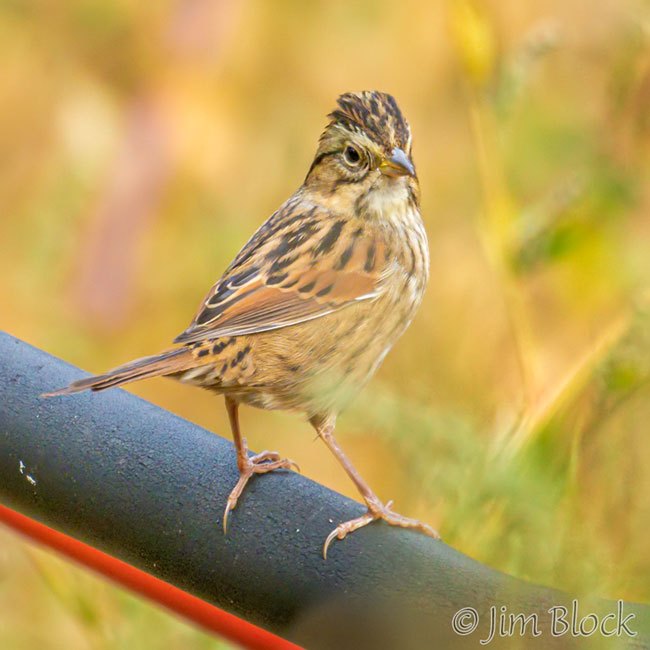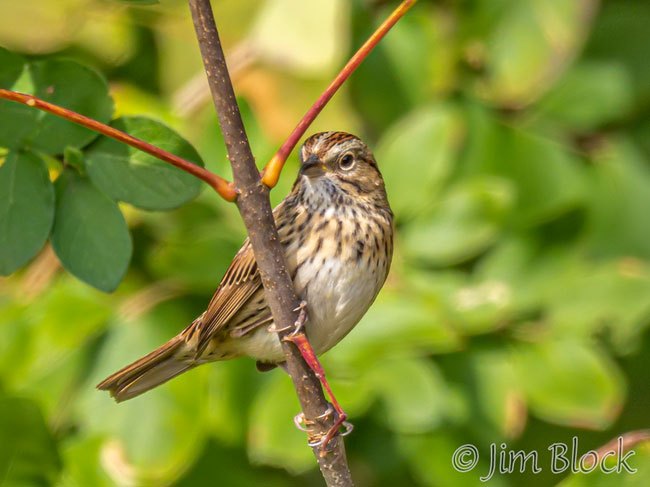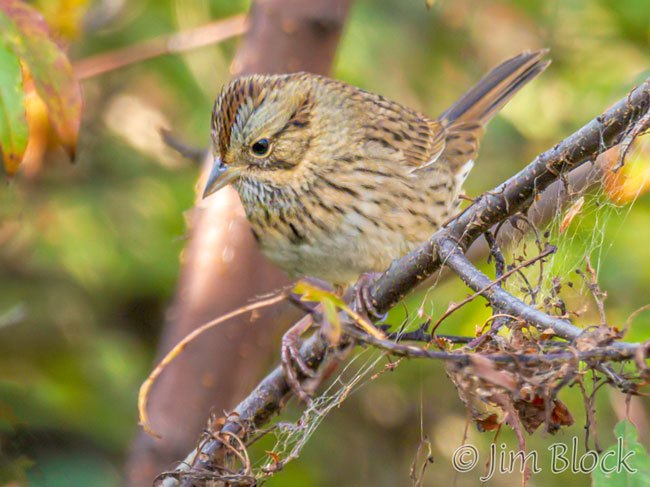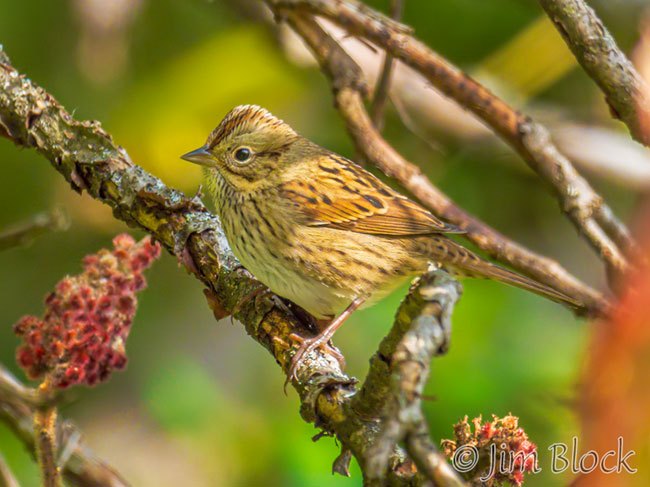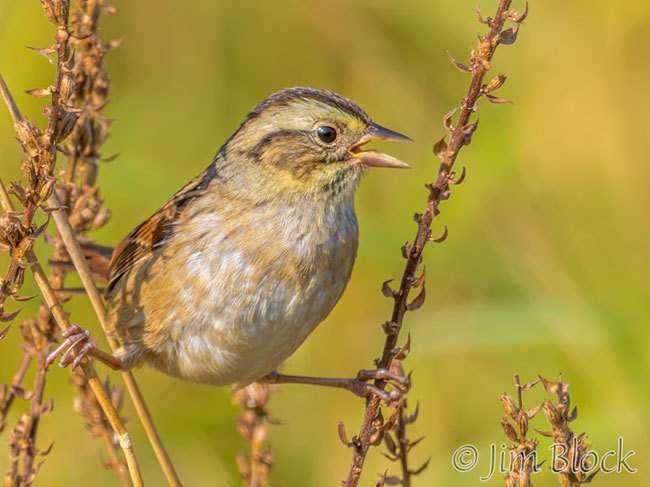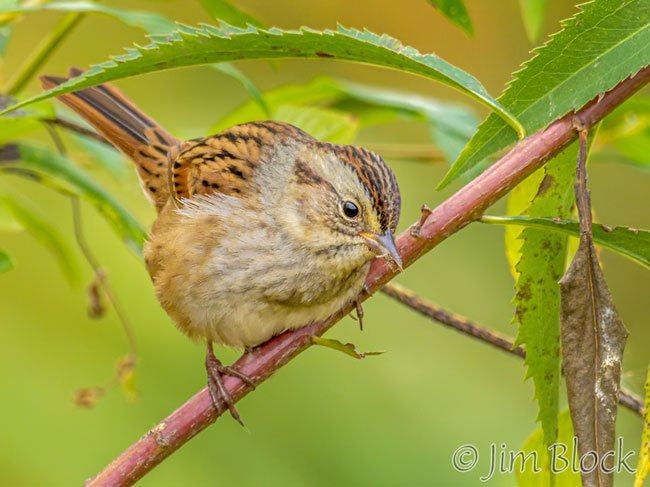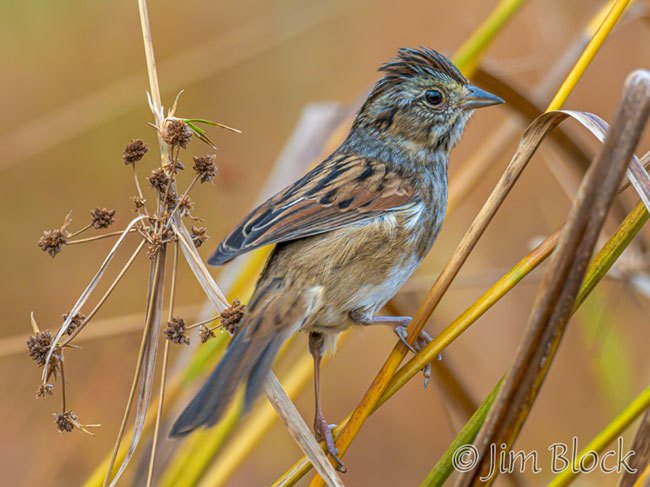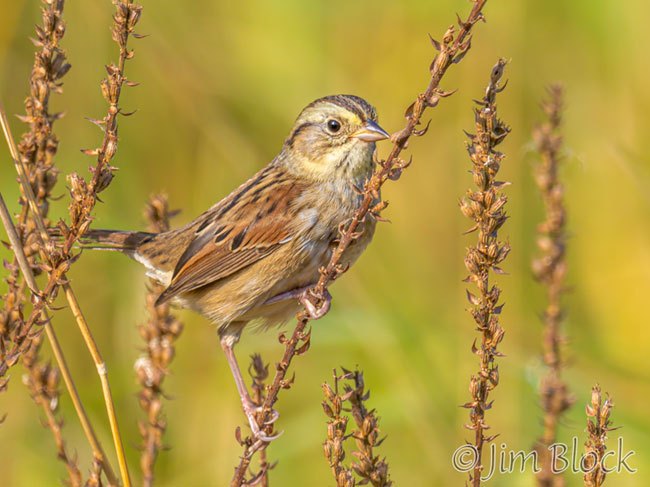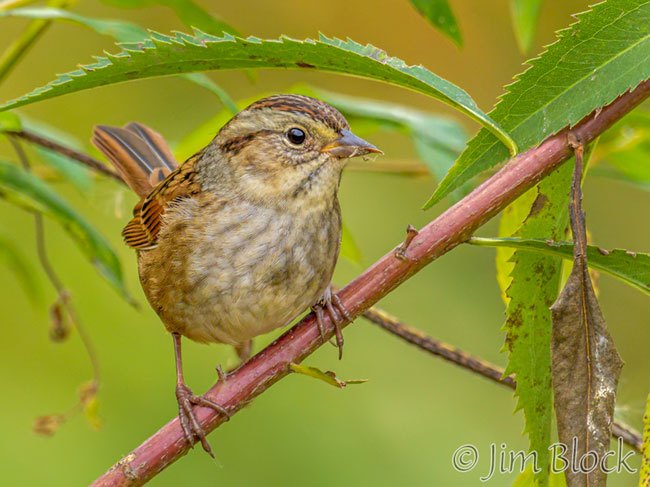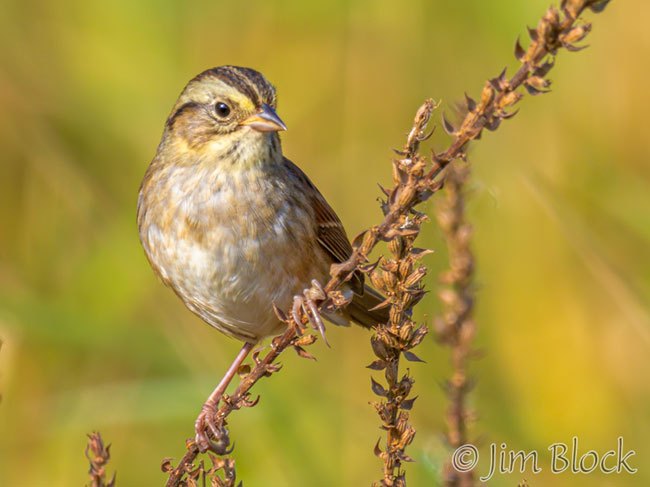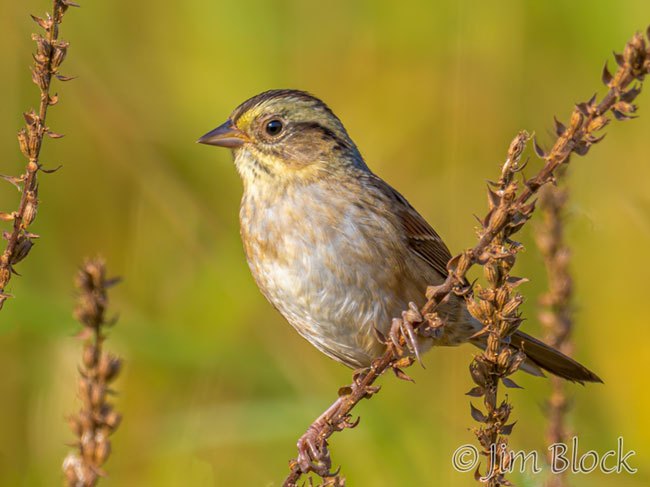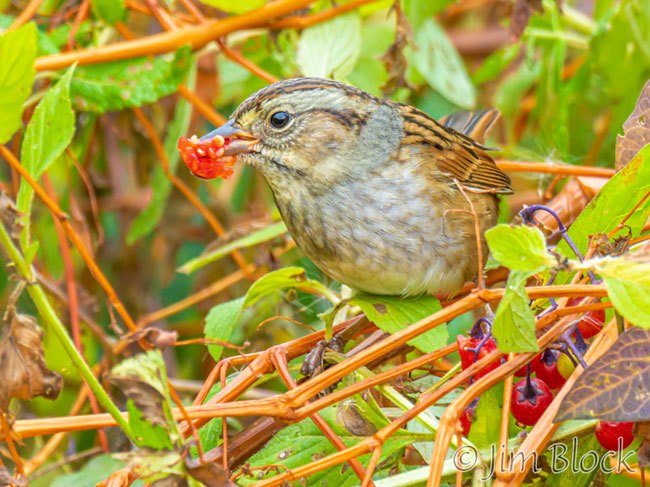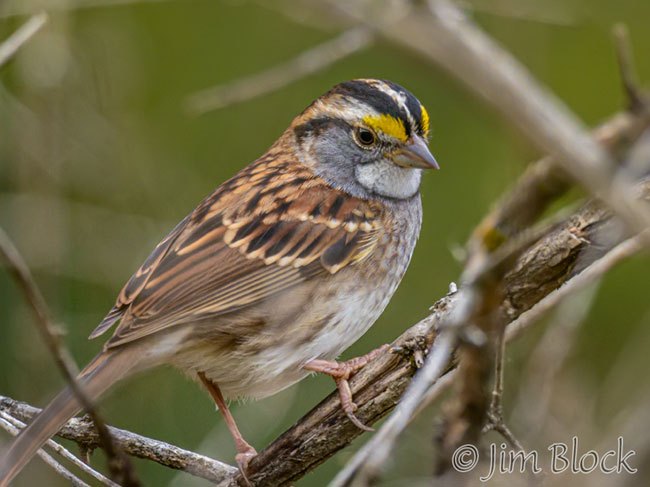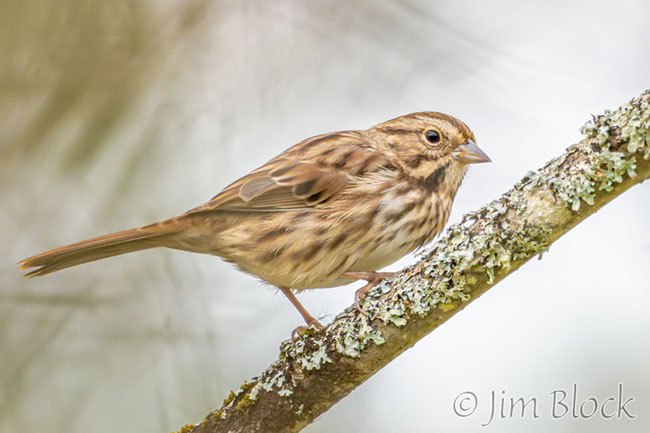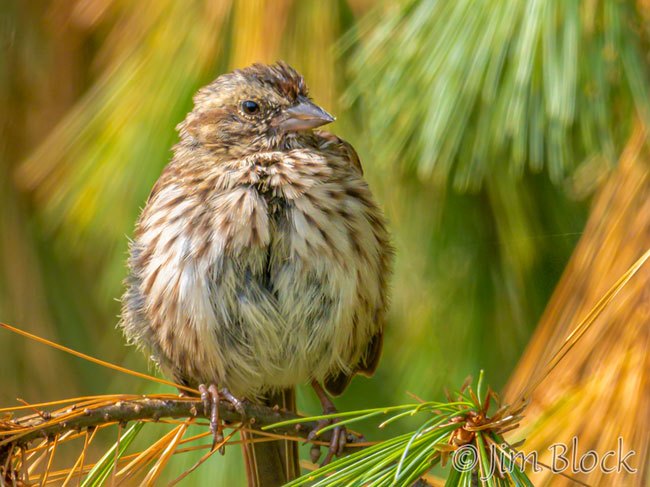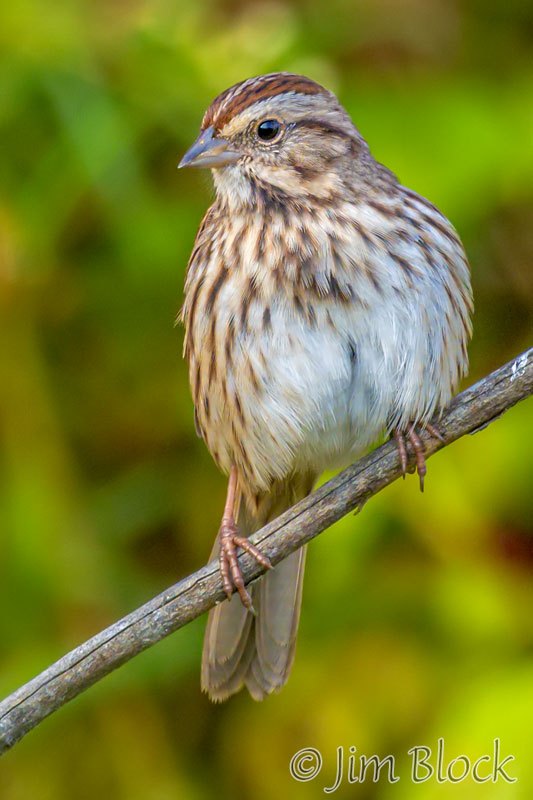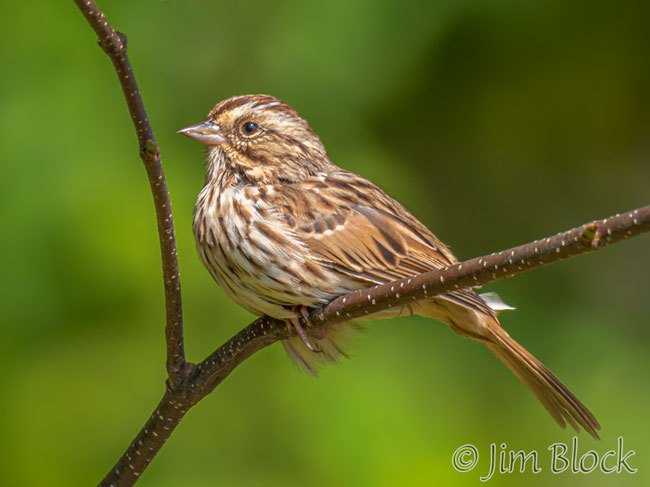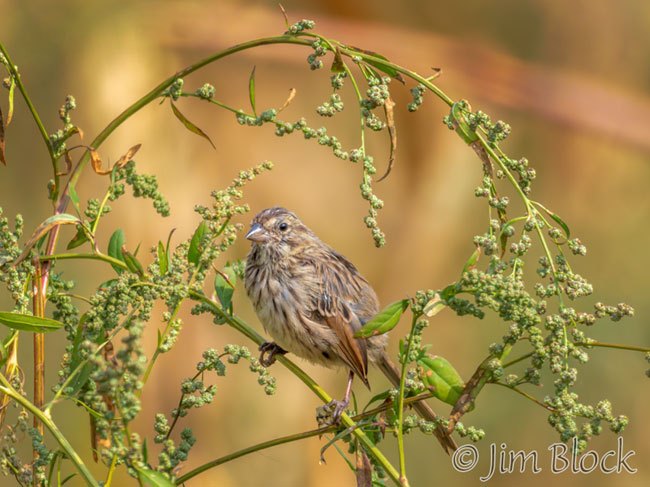A series of visits to Campbell Flat in Norwich, VT in September 2020 produced some very interesting birds. In this third of three reports from this great spot, I show some nice and somewhat rare warblers and vireos. The warblers include a cute Wilson ’s Warbler, a migrating Palm Warbler, and a state and capital pair — a rare Tennessee Warbler and a not-as-rare Nashville Warbler. Vireos include the common Red-eyed Vireo, the less common and beautiful Blue-headed Vireo, and the quite rare Philadelphia Vireo.
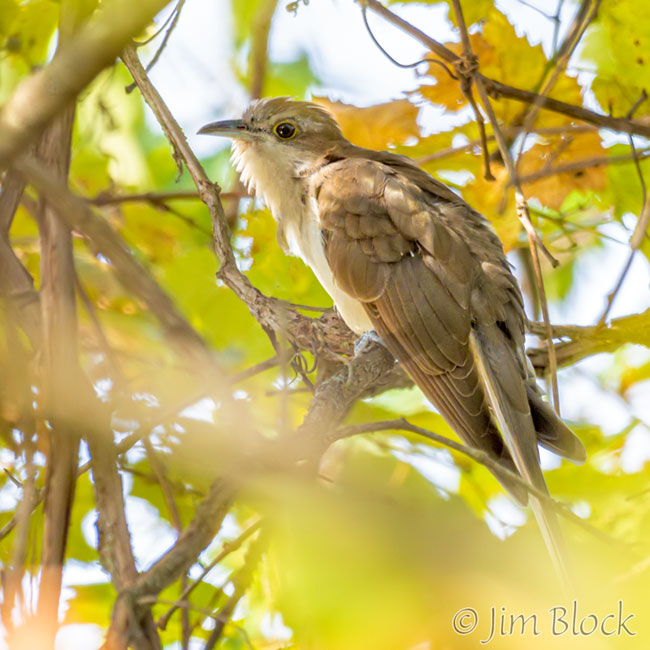
One of my earliest memories was sitting in my grandparent’s living room waiting for their German cuckoo clock to come alive. It did that every 15 minutes. It had to be wound with heavy pulleys once a day, if my memory is correct.
It wasn’t until many decades later that I actually saw a cuckoo in the wild. One was in the Windsor Grasslands WMA, in the old orchard actually, many years ago when the area was known informally as the Marton Road prison farm fields.
Another cuckoo sighting was in Nepal in the village of Jiri where we spent a night in tents in Alawa Sherpa’s potato field. The field was below the monastery he built for his village next to his very modest home. Alawa’s family lived in the large one room second floor of their home; the lower floor was for the livestock. We were on a four-week trek to Kala Patthar and Everest Base Camp by a very challenging route over several high (18,000 ft) passes.
Alawa is a porter who carried loads for us on three of our four treks in Nepal. He is really a great guy. I wish he would have been able to speak English. Below is a photo of Alawa from an earlier trek in November 8, 2008, four days after Obama was first elected. How far we are from those days.

So the cuckoo bird brings back many fond memories, and it is the first species I feature in this blog.
Campbell Flat is a wonderful place to look for birds, especially in spring and fall. The farmer welcomes birders to walk the perimeter of his corn field, seen to the left of the road in the photo below.
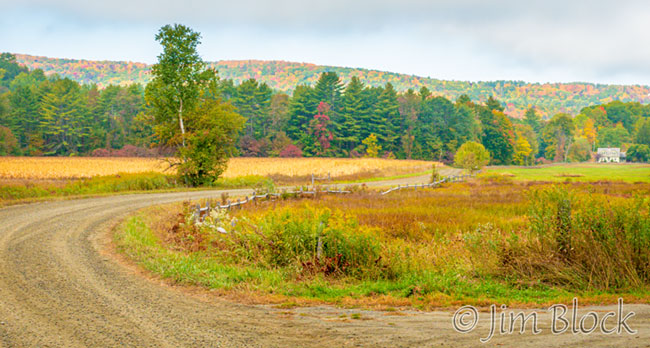
Recently at Campbell Flat I saw an unusual bird buried deep within the branches and leaves. I maneuvered to try to get semi-clean shots of it as it preened. I shoot first and identify later, so I did not give much thought to the species I had captured. I was overjoyed when I looked at the bird on my monitor at home and found it was a Black-billed Cuckoo, quite a rare bird for this area especially in late September. Here are a few of the photos I took.
On one visit, I met Chris Rimmer in a small upper field. He pointed out a Wilson’s Warbler up ahead. Although I might have spotted it myself, I was happy for the help. I was able to approach very closely as it rapidly moved from spot to spot catching insects. I took many photos and some actually had the bird in the frame and were sharp. After circling the corn field I returned and the warbler was still in the same general location.
The Tennessee Warbler is a somewhat drab bird with an exuberant song that it was not singing this day. Most male birds reserve their songs for courtship. Here are three of the photos I managed to get of this species.
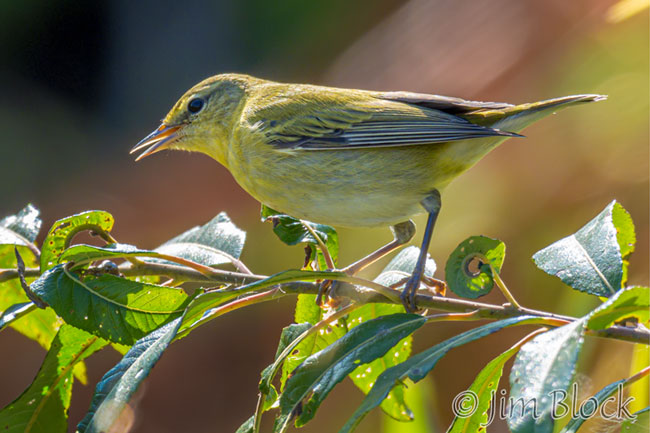
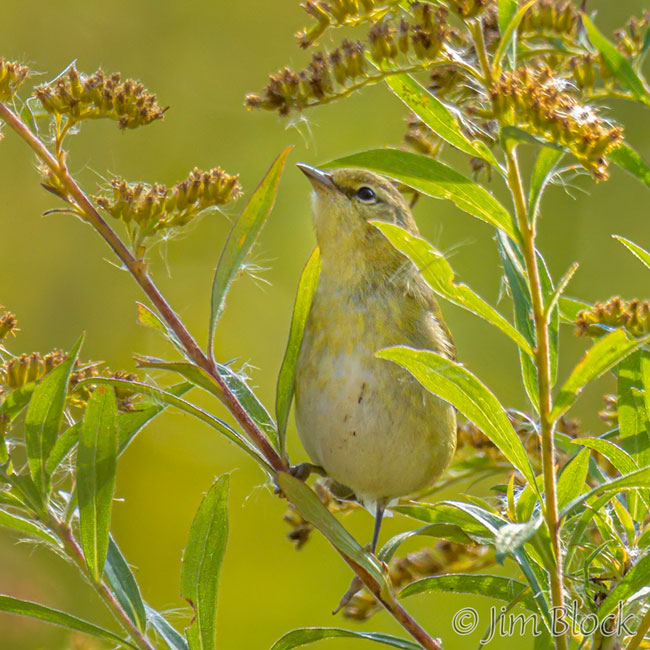
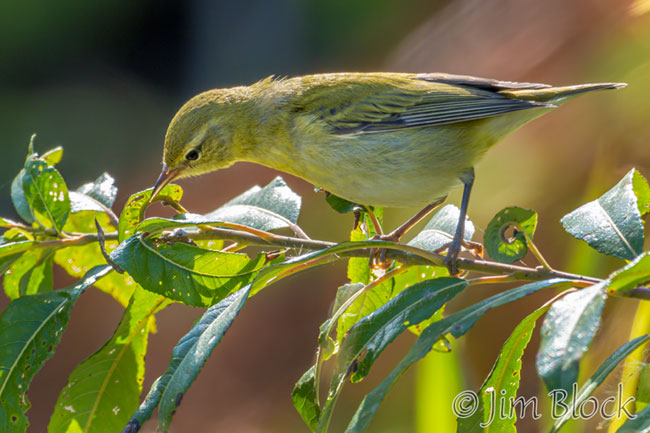
The capital of Tennessee is of course Nashville, and here is a bird with that name, the Nashville Warbler.
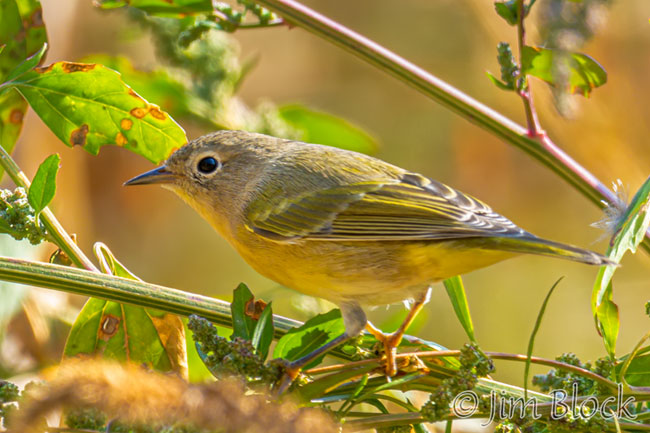
Heading back toward my car along the road, which is normally the less interesting part of the loop, I got a distant shot of a Palm Warbler. As I slowly moved in for a closer shot, a large truck drove by and that was the end of that photo opp.
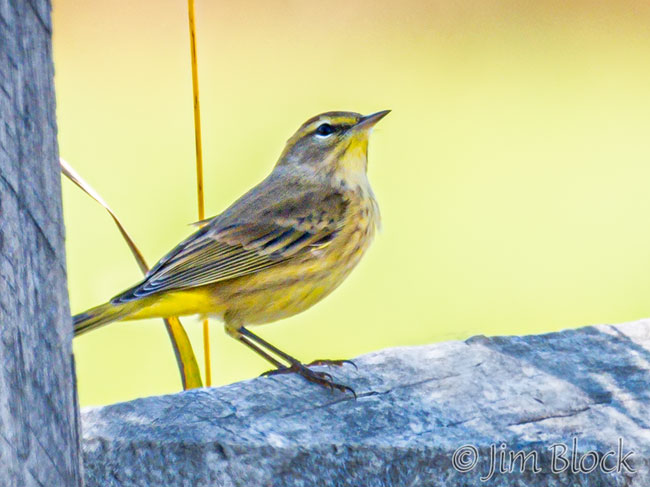
A much more common warbler I photographed was the Common Yellowthroat.
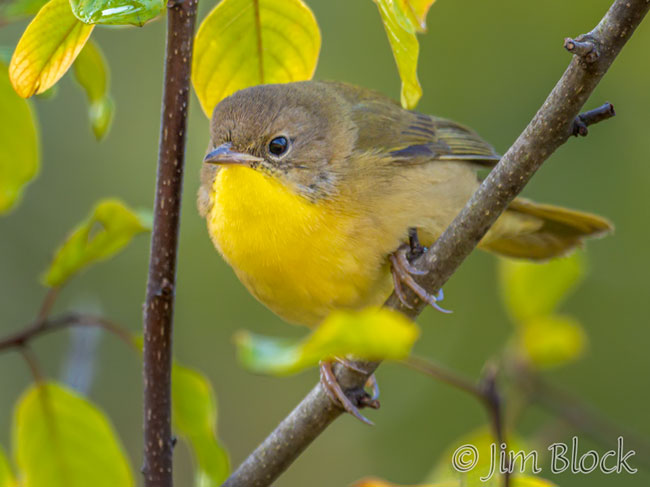
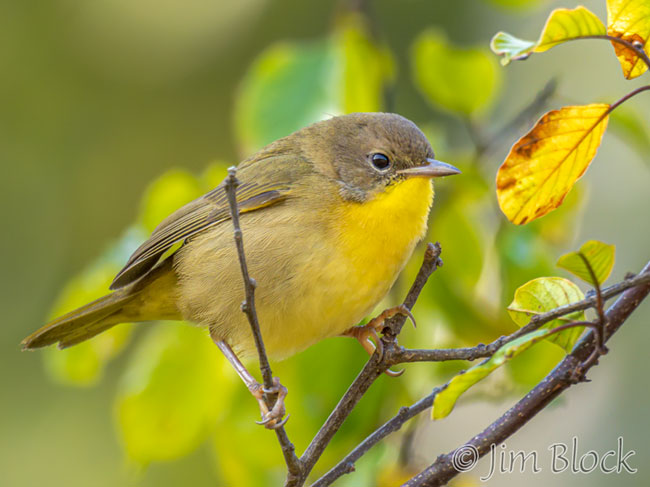
Definitely the rarest vireo I found was the Philadelphia Vireo. I do not believe there is a bird with Pennsylvania in its name.
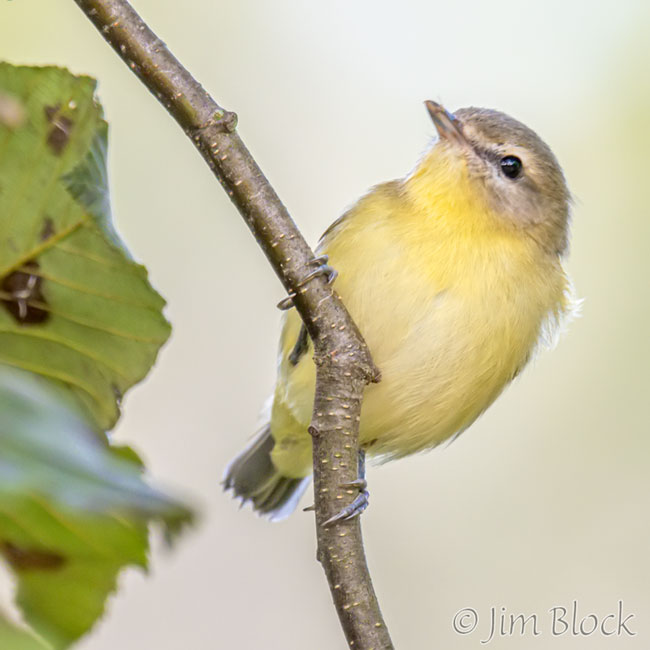
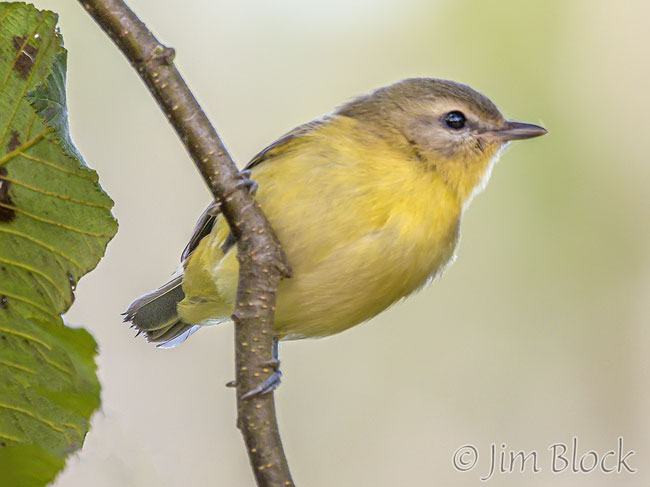
A vireo I find very beautiful is the Blue-headed Vireo. In the slide show that follows you can see it was successful in getting something to eat.
One of our most common neotropical migrants is the Red-eyed Vireo, with its almost constant monotonous song during the spring and summer. It is not often seen because it prefers high locations in the trees. But I was able to photograph a number of them at Campbell Flat.
I spotted a small bird high in a tree that seemed to be quite popular with many birds. The tree was conveniently very near where I often parked. I got a few poor photos, then the bird flew down and worked the fence row along the beginning of a driveway. I was able to get some photos of this Ruby-crowned Kinglet.
Along the same driveway I found a Mourning Dove in plumage I am not used to seeing.
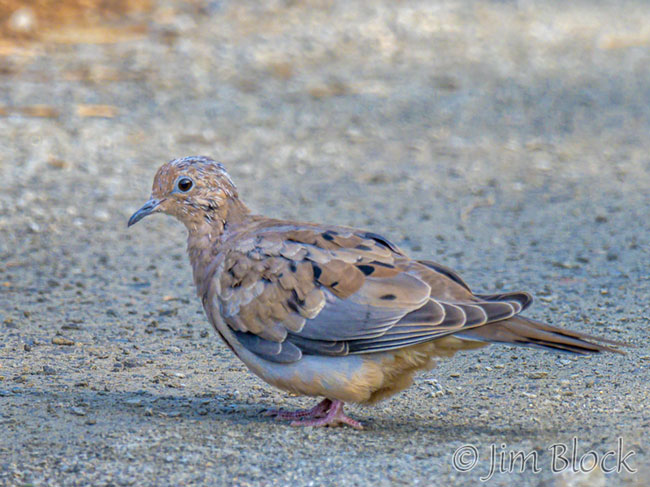
Suddenly, as I was photographing the Mourning Dove, a bird swooped in moving very fast making an unsuccessful attempt to grab the dove. I managed to get one photo of it as it flew away. It seemed like it was in view for only a second or two. It was a Peregrine Falcon.
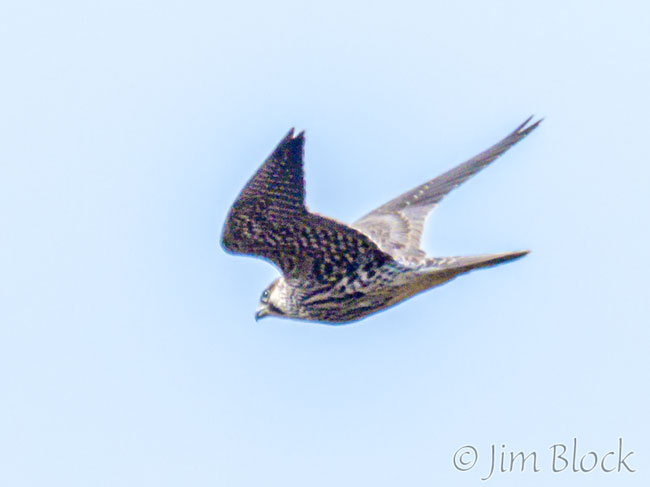
In that same popular tree I managed to photograph a somewhat rare Swainson’s Thrush.
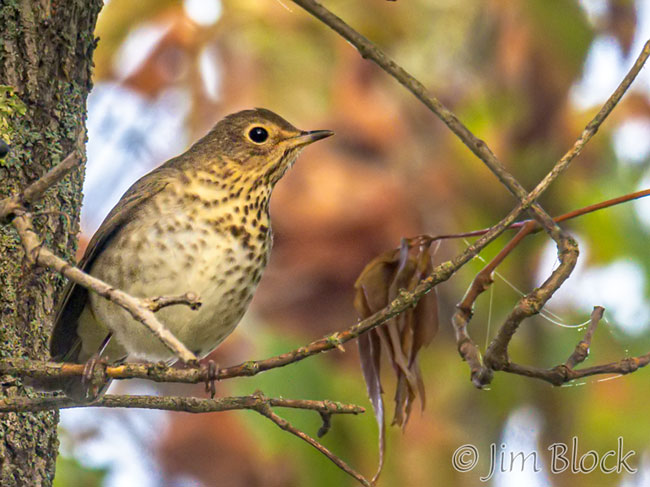
Staying with the same tall tree near a private drive, I got a Scarlet Tanager working on some berries.
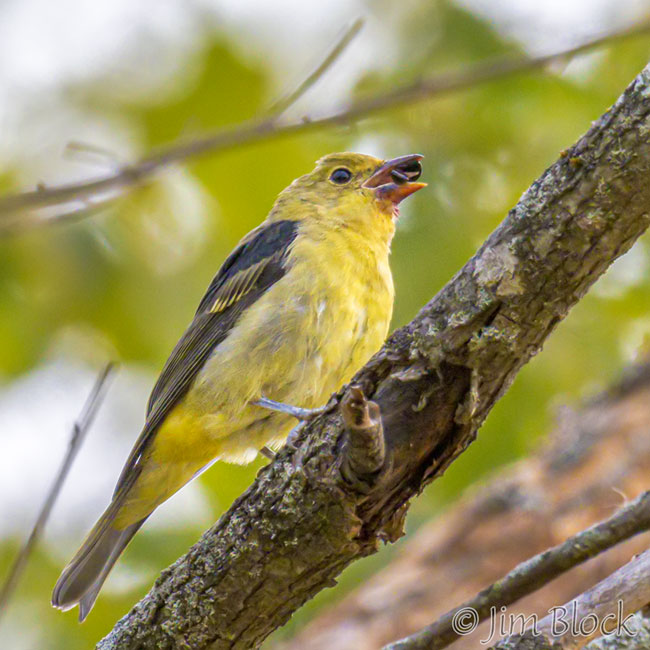
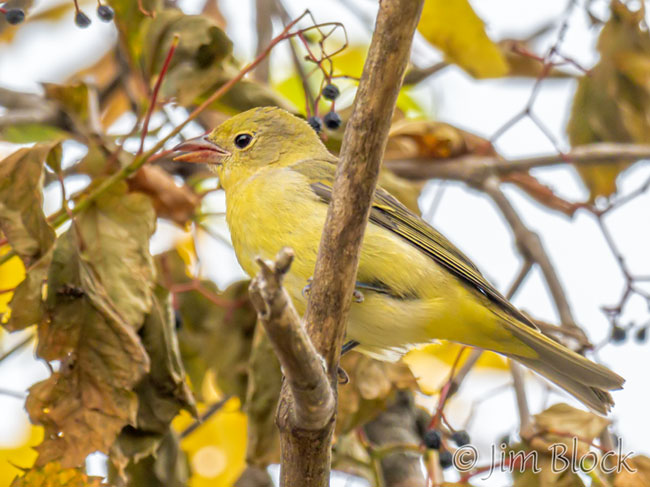
Nearby a Purple Finch sat high in a snag.
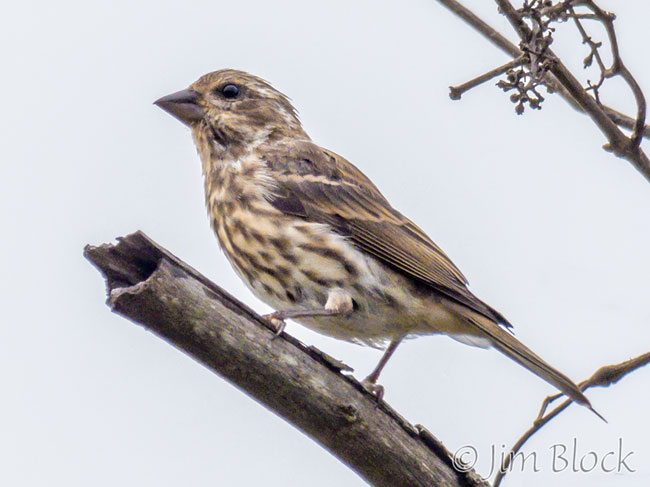
Catbirds were very plentiful. I believe the one on the ground is an immature bird.
Eastern Phoebes like this area. They can most commonly be found along the road.
Near the colorful sumacs along the Ompompanoosuc River, I found a Downy Woodpecker.
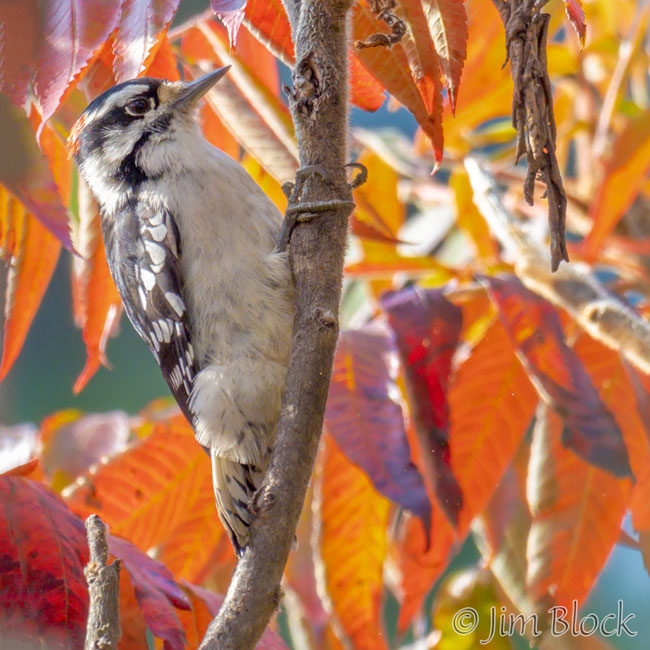
On an earlier visit, there were many Indigo Buntings showing their drab colors of fall. I photographed one on a recent visit.
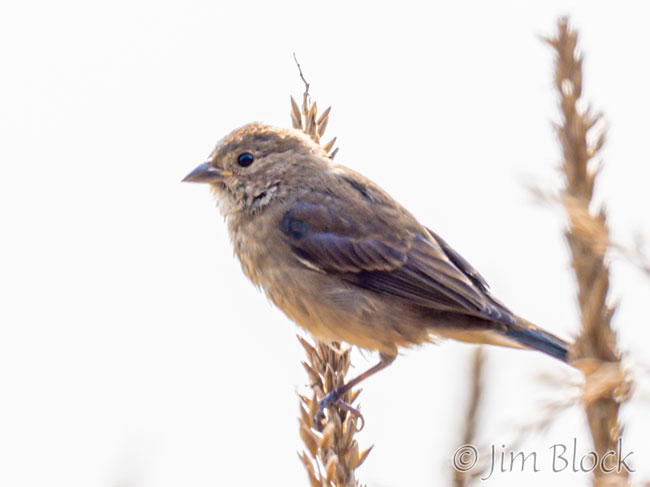
While circling the corn field and noting where beavers had come on shore to steal corn and the stalks for the winter, I got a Red-shouldered Hawk flying high overhead.
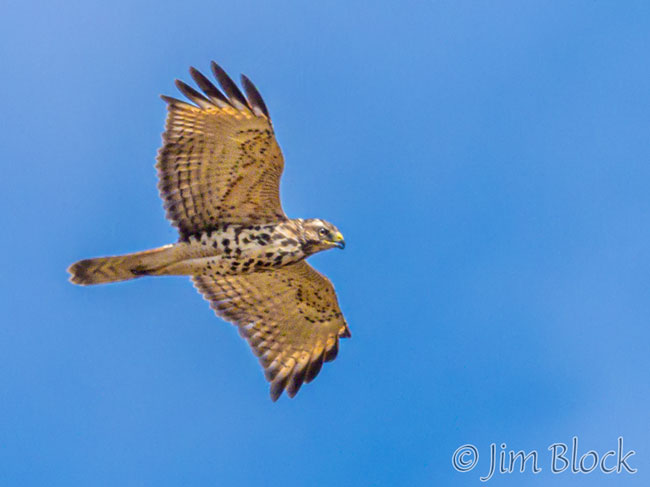
Certainty the rarest and most beautiful sparrow I found was the Lincoln’s Sparrow. Surprisingly these were found in very unusually large numbers at Campbell Flat this fall. In the set below you will see one perched on the handle of a small farm implement.
According to The Cornell Lab, “All About Birds” web site, John James Audubon named the Lincoln’s Sparrow after his travel companion Thomas Lincoln, who accompanied him on an expedition to the coast of Labrador.
Swamp Sparrows were abundant. Here are some of the photos I took.
Some White-throated Sparrows in fall plumage have given me problems telling them from Swamp Sparrows. But this set of White-throated Sparrows seems more like the ones I remember from spring with their distinctive yellow lores.
I managed to photograph one Chipping Sparrow.
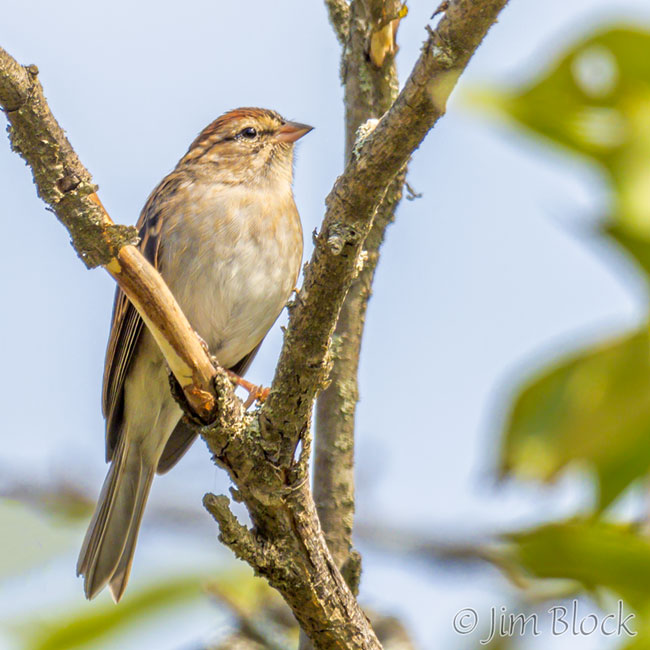
Perhaps our most common local sparrow is the Song Sparrow. It will often tee-up on a shrub or branch and sing its head off. This June I spent many hours photographing a pair with insects in their beaks preparing to feed their young. You can see them HERE.
If you would like to see Campbell Flat Parts 1 and 2 or any other recent blogs, you can get to them from THIS PAGE.


